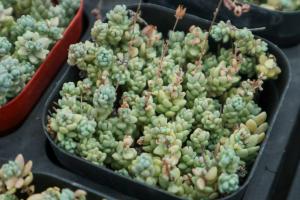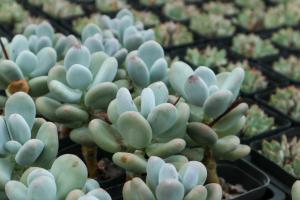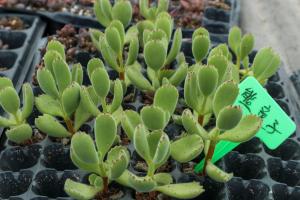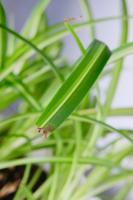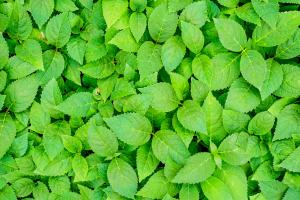Grafting propagation method of apricot
The first step for grafting propagation is to select the cuttings. In the first step, we first select some fresh buds in the middle of the cuttings, cut them horizontally from the top of the fresh buds to about the xylem of the plant, and then cut them from the bottom of the buds to the transverse incision above the buds. Gently peel off the epidermis on both sides of the bud with your fingers, with a length of about 1.5cm and a width of about 0.5cm
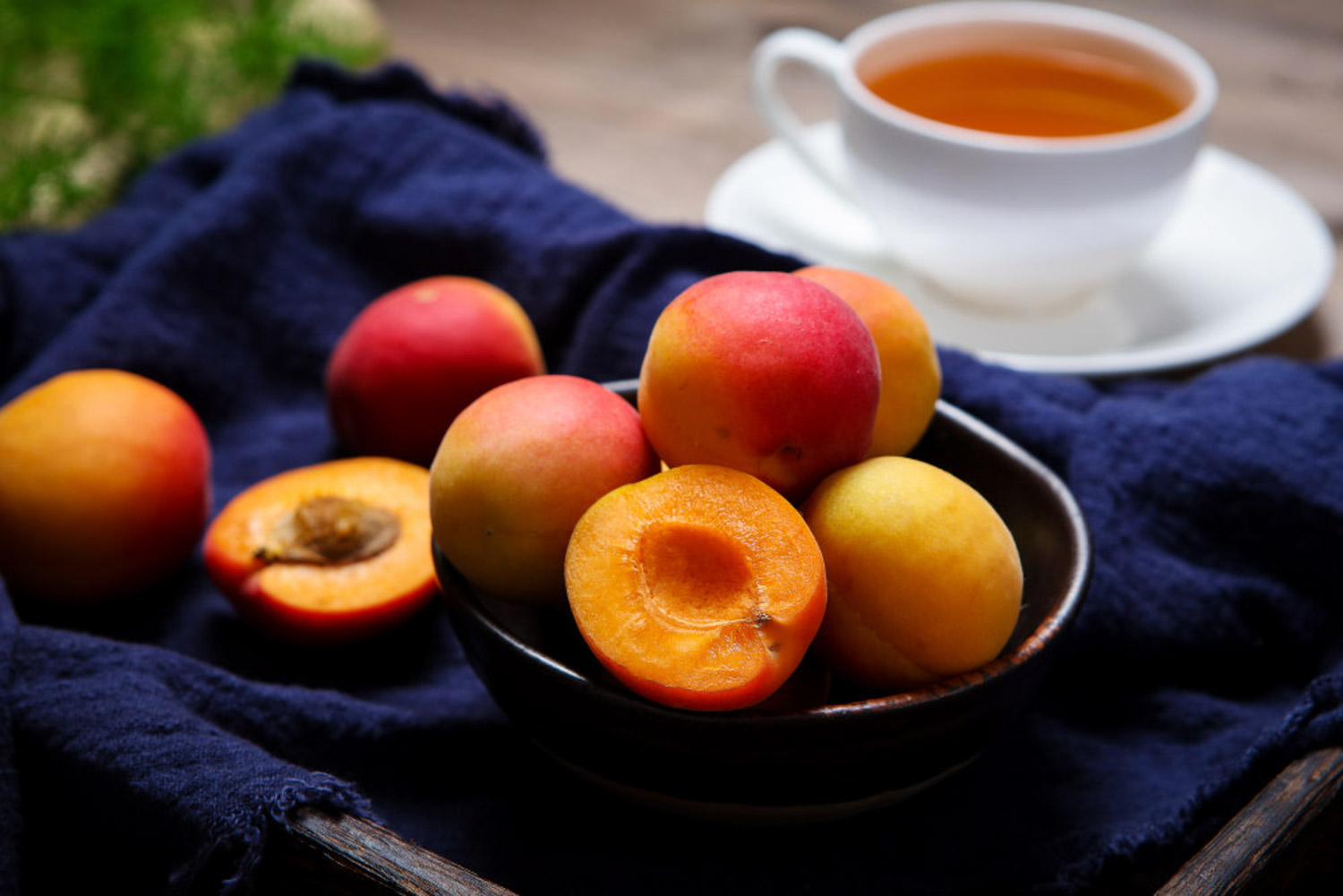
When the selected rootstock is about 5cm to 10cm away from the ground, select the smooth part of its surface and cut it laterally with a knife. The cutting depth is about the transdermal layer. Don't cut it too deep. Try not to cut the xylem of the plant, and then cut it downward. The depth of cutting downward is about 51.5cm, which is the most appropriate, so that the transverse incision and longitudinal incision present a T-shape, After that, use the knife as an aid to twist left and right along the longitudinal incision. While prying off the skin layer, insert the cuttings. After inserting the cuttings, do not twist, so as to protect the growth point of the plant and ensure normal grafting. And the plane on the bud should be closely combined with the plane of the T-shaped incision
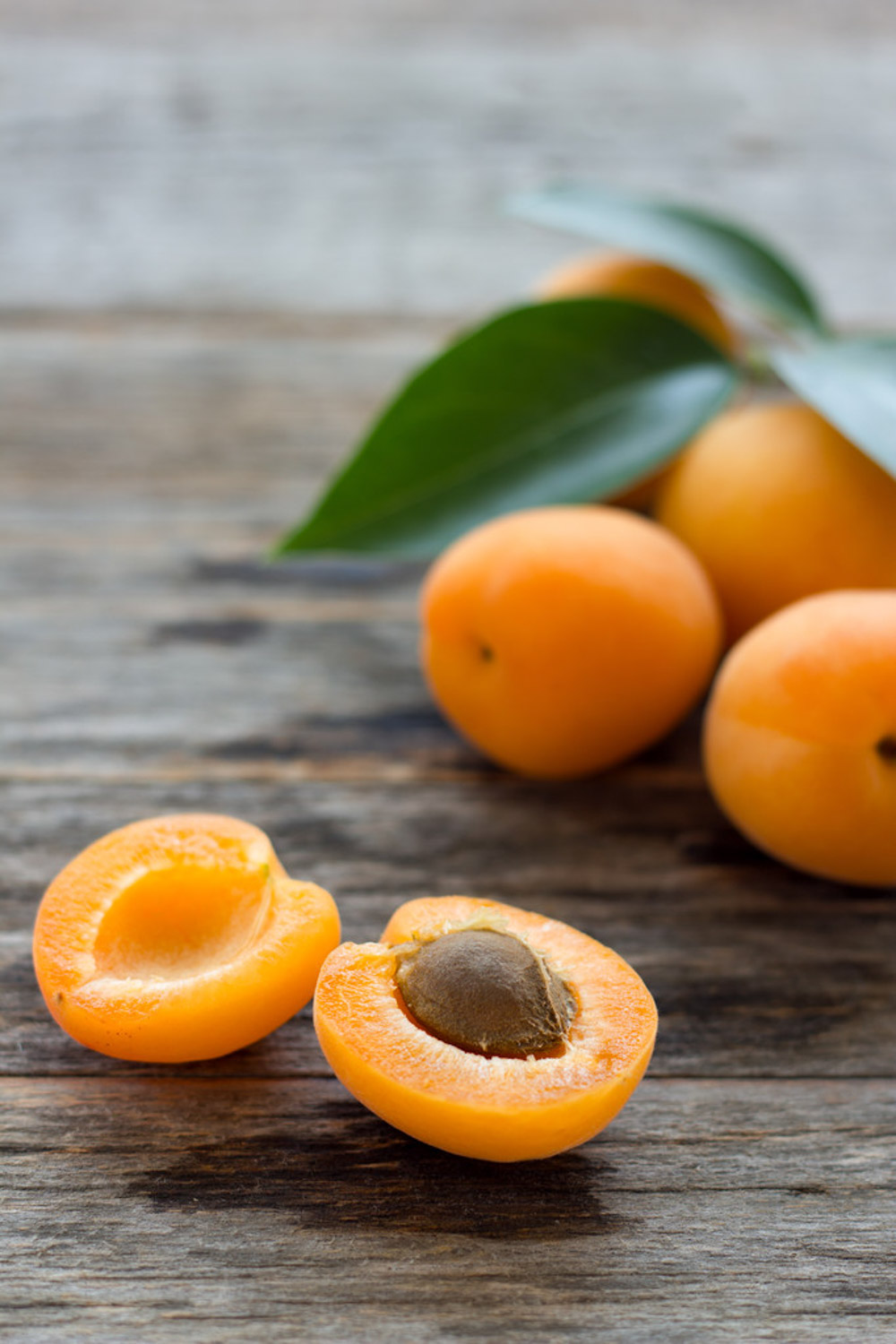
After grafting, wrap it with plastic bags. Remember to tie it tightly. It is the close combination of cuttings and rootstocks, and then the T-shaped incision must be tight to prevent diseases from entering and cause plant diseases and insect pests. The last point is to be fast and reduce the exposure time, which is conducive to improve the grafting efficiency< span>

 how many times do yo...
how many times do yo... how many planted tre...
how many planted tre... how many pine trees ...
how many pine trees ... how many pecan trees...
how many pecan trees... how many plants comp...
how many plants comp... how many plants can ...
how many plants can ... how many plants and ...
how many plants and ... how many pepper plan...
how many pepper plan...